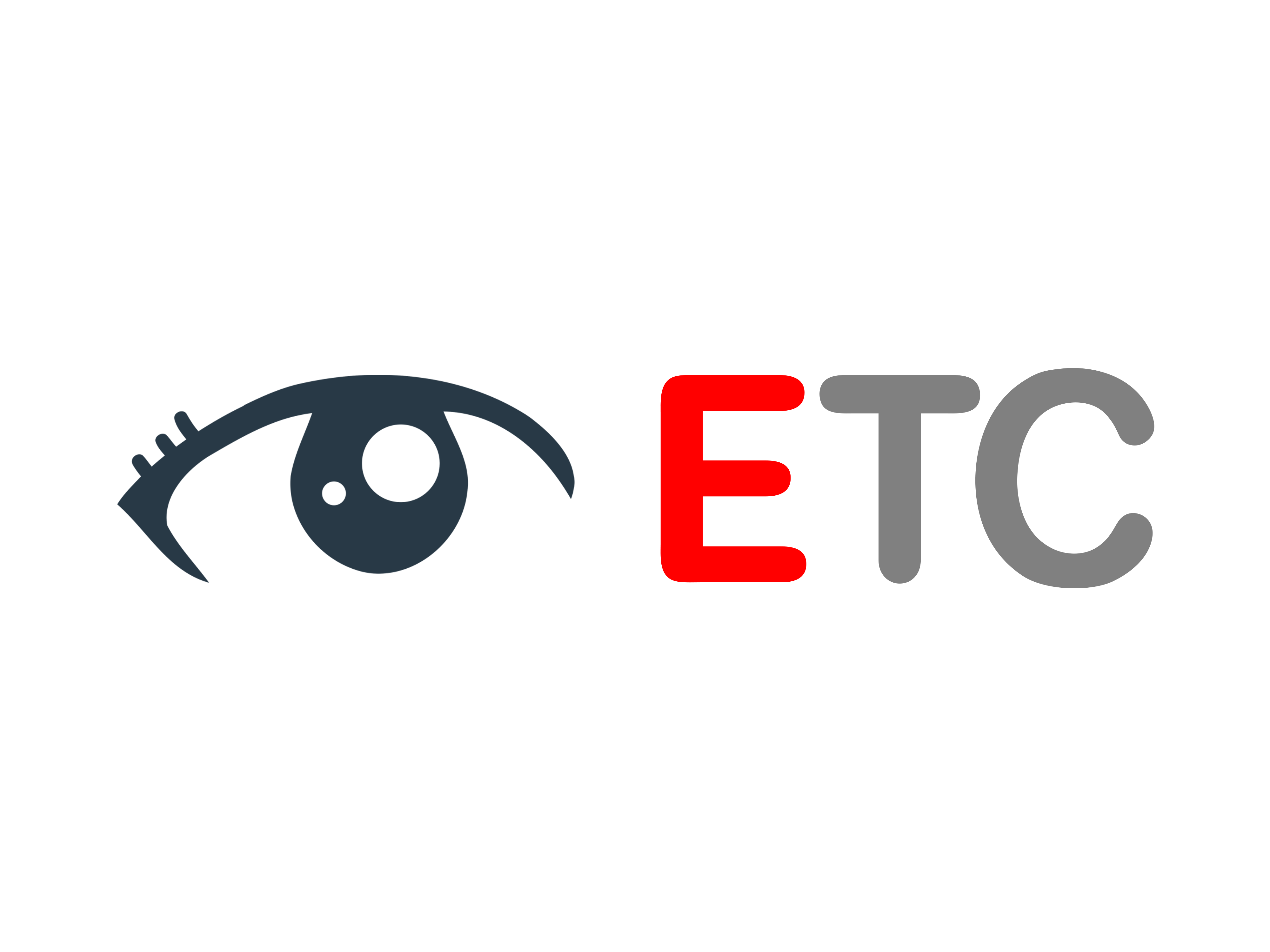Welcome to AI BIZ GURU
Your AI-Powered Business Transformation Journey Starts Here
Thank you for choosing AI BIZ GURU. We’re excited to partner with you on your journey toward business transformation through artificial intelligence. This onboarding guide will walk you through the essential steps to get started and maximize value from your subscription.
Your Onboarding Roadmap
Step 1: Account Setup & Team Configuration (Week 1)
– Complete your business profile
– Add team members and set permissions
– Schedule your kickoff video conference with your dedicated success manager
Step 2: Platform Training & Initial Assessment (Week 1)
– Attend your personalized platform training session
– Complete the AI BIZ GURU diagnostic assessment
– Identify your priority business challenges
Step 3: Implementation (Weeks 2-3)
– Set up your Knowledge Base files based on the recommended list
– Test the “Ask Your Files” feature
– Run your first AI agents and challenges to understand the logic
– Review initial insights and recommendations
Step 4: Strategy Development & Optimization (Weeks 5-8)
– Develop initial action plans based on insights
– Implement priority recommendations
– Track initial initiative ROI and performance improvements
Getting Started Checklist
– [ ] Account Information: Verify your subscription details and billing information
– [ ] Business / Student Profile: Complete your profile with industry, size, and goals
– [ ] Team Setup: Add team members according to your subscription user limit
– [ ] Data Integration (special projects): Connect essential business systems and data sources
– [ ] Training Session: Schedule your team training (included in your subscription)
– [ ] Initial Assessment: Complete the business diagnostic questionnaire
Understanding Your AI Tool
Our AI Agents are specialized digital assistants that focus on specific business functions:
– Financial Performance Agent: Analyzes financial health and identifies opportunities
– Operational Efficiency Agent: Optimizes processes and workflows
– Market Analysis Agent: Provides competitive insights and opportunity assessment
– Customer Experience Agent: Evaluates and improves customer journey touchpoints
– Talent Optimization Agent: Enhances workforce productivity and engagement
Our structured approach to solving complex business problems:
– Challenge identification and framing
– Data collection and AI-powered analysis
– Solution development and prioritization
– Implementation roadmap creation
– Performance tracking and optimization
Support Resources
Getting Help
– Email Support: support@aibizguru.com
– Live Chat: Available Monday-Friday, 9am-6pm EST
– WhatsApp Support: Premium and Enterprise plans only
– Knowledge Base: Access our comprehensive self-help resources
– Video Tutorials: Step-by-step guides to platform features
Scheduled Support
– Setup Sessions: Utilize your included setup support hours
– Training Workshops: Schedule team training sessions
– Strategy Consultations: Available with Premium and Enterprise plans
Maximizing Your ROI
Quick Wins (First 30 Days)
– Complete the AI diagnostic assessment
– Implement the top 3 recommendations from your first reports
– Set up automated monitoring for key performance metrics
Medium-Term Goals (30-90 Days)
– Deploy AI agents across all critical business functions
– Develop data-driven strategies based on AI insights
– Train team members on using insights for decision-making
Long-Term Transformation (90+ Days)
– Implement comprehensive business transformation initiatives
– Track ROI against projected benchmarks (2-8x return)
– Develop AI-powered competitive advantages
Ready to begin? [Schedule Your Kickoff Call →]
Your dedicated success manager is standing by to help you get started on your AI-powered business transformation journey.
Questions? Write us at contact@etc-ai.com
